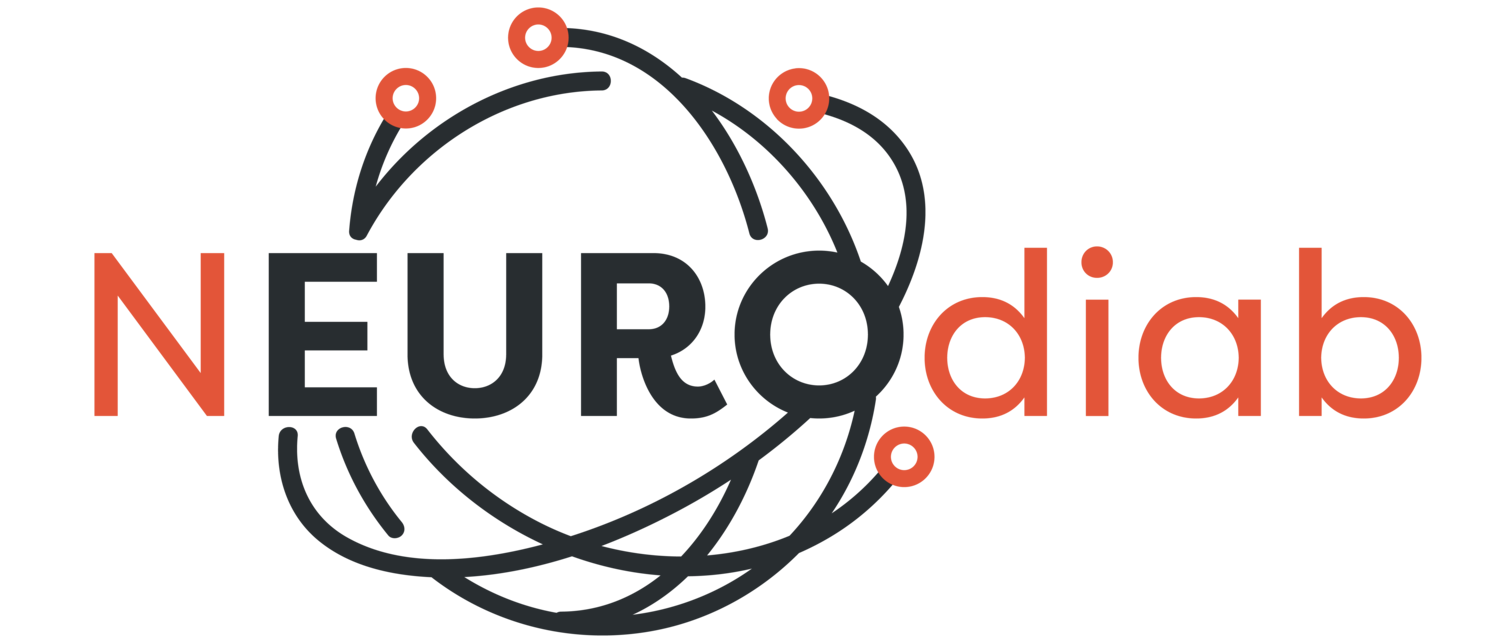Publication News 200 - 10 November 2025
Beyond pain relief: the effects of chronic opioid on brain structure and function
Aims: The guidelines for treatment of painful diabetic peripheral neuropathy (painful DPN) recommend against the use of opioids or recommend their use as third-line agents. Despite this, recent data show that 40% of all patients with painful DPN are prescribed opioids. The biological adverse effects associated with opioid use include hyperalgesia, tolerance and drowsiness, and impaired memory, concentration and judgement. Moreover, opioids often lead to dependence syndromes such as opioid use disorder or addiction, and withdrawal symptoms on discontinuation of treatment. However, the impact on the brain of long-term opioid use as analgesia is unknown. The aim of this study was to determine the structural and functional brain alterations associated with long-term opioid use in painful DPN.
Methods: Eighty-two subjects with diabetes were enrolled: 57 with painful DPN (18 with long-term opioid prescription for over 6 months [O+] and 39 who were not prescribed opioids [O−]) and a control group of 25 patients no DPN matched for age, sex and type of diabetes. All participants underwent detailed clinical/neurophysiological assessment and brain 3T-MRI, and a subset (14 in each group) also underwent resting-state functional MRI.
Results: O+ individuals had greater caudate volume (ANOVA, p=0.03) compared with O− (p=0.03) and no DPN (p=0.01). Functional connectivity was lower between the caudate and thalamus in O+ individuals compared to those with no DPN. Moreover, seed-to-voxel analysis using caudate as the seed showed a significantly lower functional connectivity in O+ compared with O− individuals in a cluster encompassing the superior frontal gyri bilaterally.
Conclusions: This multimodal neuroimaging study demonstrates the structural and functional alterations within the caudate nucleus in people with painful DPN and long-term prescription opioid use, in details a greater caudate volume and lower caudate nucleus to thalamic functional connectivity. The caudate nucleus is a key brain region that is associated with the dopaminergic pathways implicated in addiction/substance use disorders. Therefore, these findings may reflect alterations in reward systems.
Comments. Although the study was cross-sectional, and causality cannot be inferred, the alterations in dopaminergic pathways in people with painful DPN taking opioids observed with innovative MRI techniques may reflect alterations in the reward system, potentially heightening susceptibility to compulsive behaviours and impairing decision-making. These results underscore the need to evaluate the impact of long-term opioid use on neurocognitive function and investigate potential interventions to mitigate these disruptions. Considering the clinical implications, the measures of dopaminergic pathways found in this study may represent neuroimaging biomarkers to diagnose and monitor the negative consequences of prescription opioid use. Further validation of these measures is required, including studies with larger and more diverse cohorts to assess their robustness and generalisability. Additionally, longitudinal research is needed to evaluate their predictive value over time before they can be considered as potential biomarkers of prescription opioid use.
Carla Greco
Reference. Sloan G, Teh K, Greig M, Shillo P, Caunt S, Wilkinson ID, Tesfaye S, Selvarajah D. Beyond pain relief: the effects of chronic opioid use on brain structure and function in diabetic neuropathy-a multimodal neuroimaging study. Diabetologia. 2025 Oct 6. doi: 10.1007/s00125-025-06529-w. Epub ahead of print. PMID: 41051412.
🔗 https://link.springer.com/article/10.1007/s00125-025-06529-w
